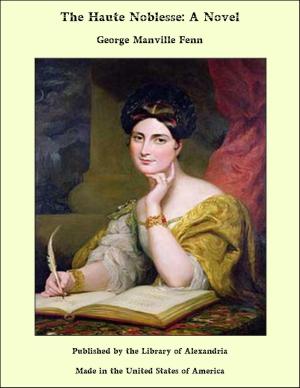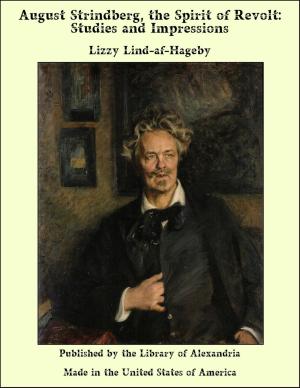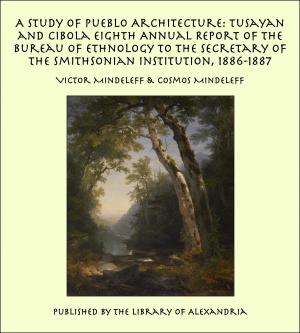Myths of Greece And Rome
Nonfiction, Religion & Spirituality, New Age, History, Fiction & Literature| Author: | Jane Harrison | ISBN: | 9781465578013 |
| Publisher: | Library of Alexandria | Publication: | March 8, 2015 |
| Imprint: | Language: | English |
| Author: | Jane Harrison |
| ISBN: | 9781465578013 |
| Publisher: | Library of Alexandria |
| Publication: | March 8, 2015 |
| Imprint: | |
| Language: | English |
THE study of Greek mythology has long been subject to two serious disabilities. First, until about the turn of the present century, Greek mythology was always studied through a Roman or Alexandrine medium. Until quite recently it was usual to call Greek gods by their Latin names: Zeus was Jove, Hera was Juno, Poseidon Neptune. We will not spend time in slaying dead lions: the practice is now at an end. Jupiter, we now know, though akin to, is not the same as Zeus: Minerva is no wise Athena. But a more dangerous because subtler error remains. We have dropped the Latin names, but we are still inclined to invest Greek gods with Latin or Alexandrine natures, and to make of them toy-gods of a late, artificial, and highly decorative literature. The Greek god of love we no longer call Cupid, but we have not wholly rid our minds of the fat, mischievous urchin, with his bow and arrows--a conception that would have much astonished the primitive worshippers of the love-god in his own city of Thespiæ, where the most ancient image of Eros was an "unwrought stone."
THE study of Greek mythology has long been subject to two serious disabilities. First, until about the turn of the present century, Greek mythology was always studied through a Roman or Alexandrine medium. Until quite recently it was usual to call Greek gods by their Latin names: Zeus was Jove, Hera was Juno, Poseidon Neptune. We will not spend time in slaying dead lions: the practice is now at an end. Jupiter, we now know, though akin to, is not the same as Zeus: Minerva is no wise Athena. But a more dangerous because subtler error remains. We have dropped the Latin names, but we are still inclined to invest Greek gods with Latin or Alexandrine natures, and to make of them toy-gods of a late, artificial, and highly decorative literature. The Greek god of love we no longer call Cupid, but we have not wholly rid our minds of the fat, mischievous urchin, with his bow and arrows--a conception that would have much astonished the primitive worshippers of the love-god in his own city of Thespiæ, where the most ancient image of Eros was an "unwrought stone."















